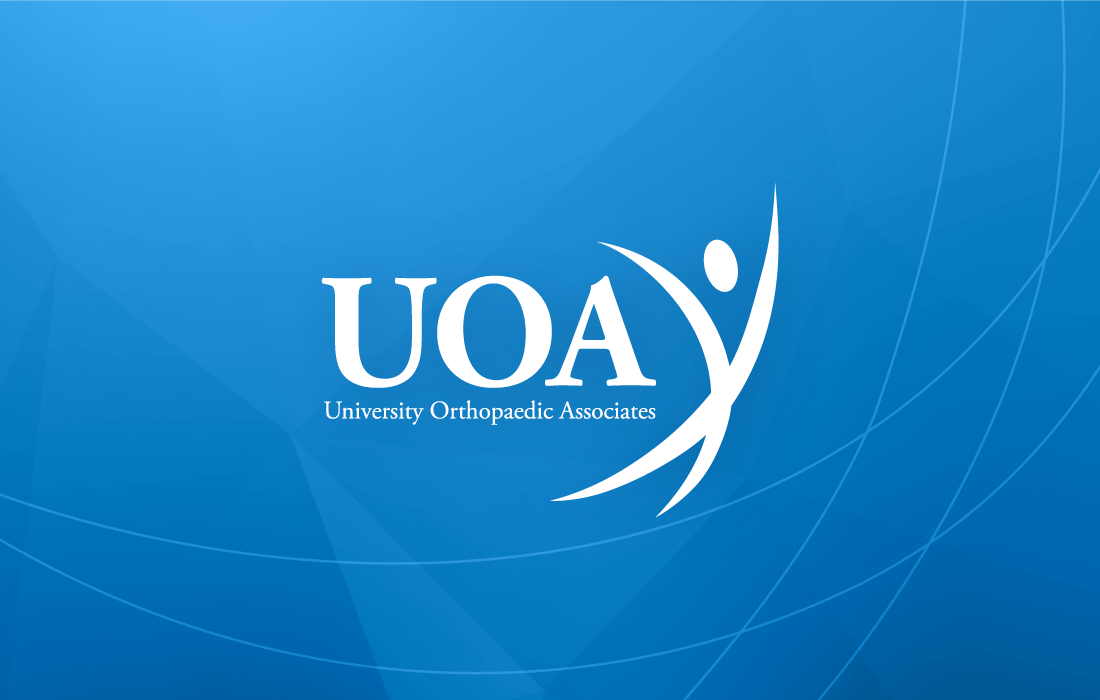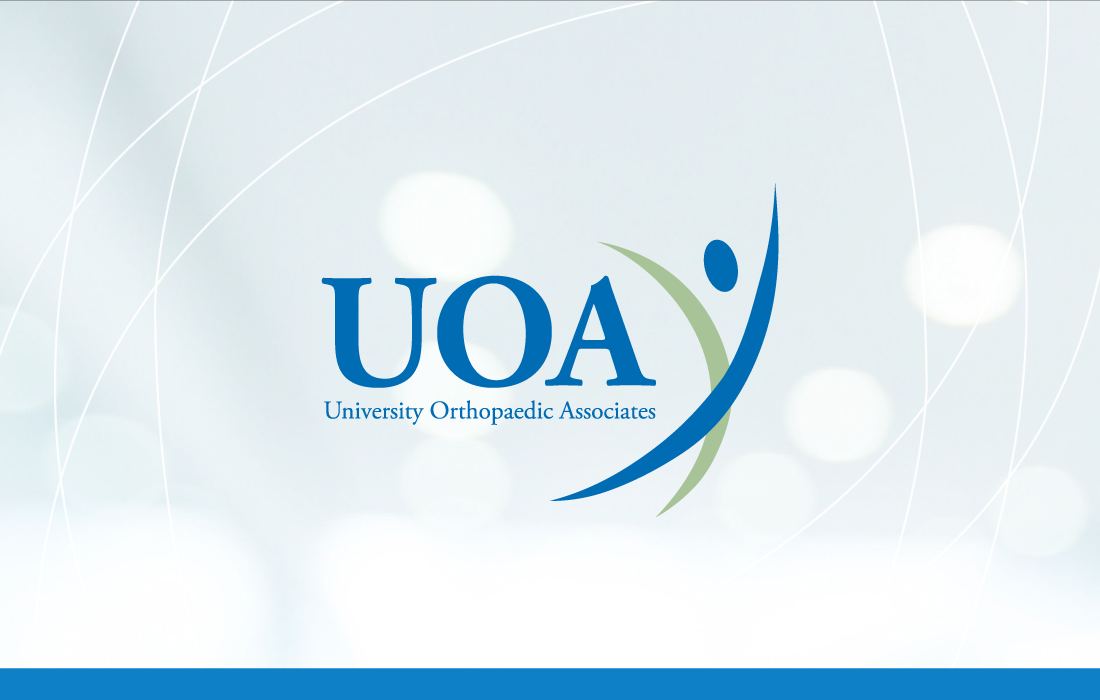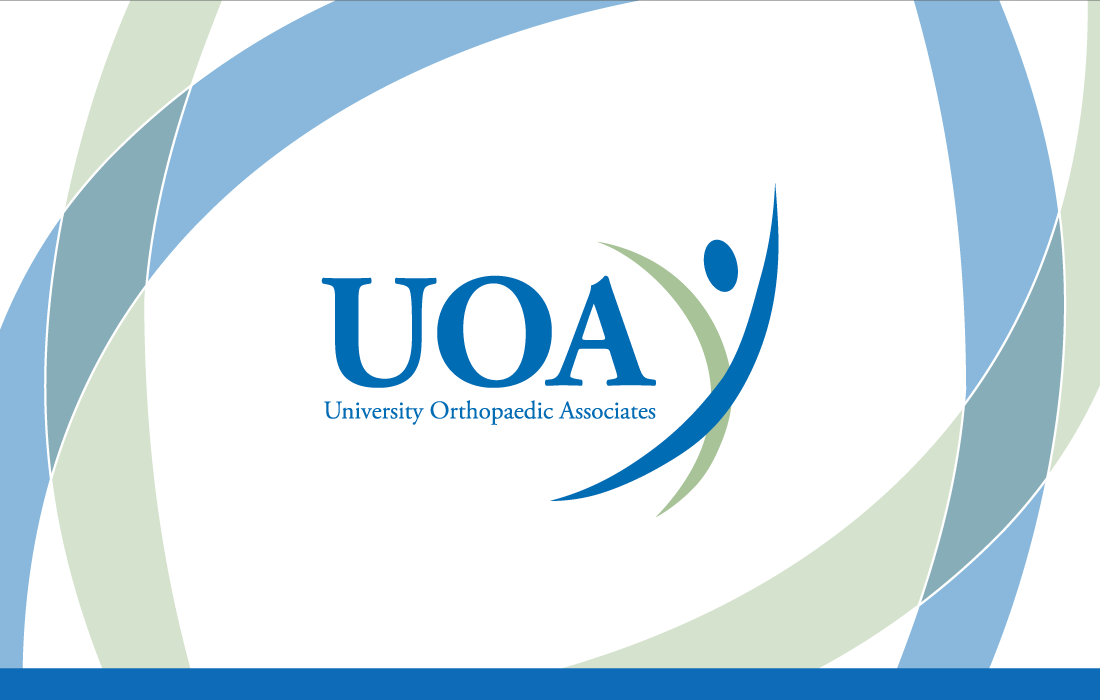The National Osteoporosis Foundation estimates that 10 million Americans suffer from osteoporosis, and another 34 million have low bone density with the potential to progress to osteoporosis. A silent but dangerous bone disease, osteoporosis is characterized by a decrease in bone mineral density and mass and a resulting increase in fractures and fracture risk. Bone fractures among individuals with osteoporosis tend to occur in situations where otherwise healthy people would be unaffected. Osteoporosis often goes undetected until fractures occur, making it a particularly hidden disease that can leave sufferers unknowingly vulnerable to future fractures.
The DXA Scan: A Powerful Tool
A DXA scan, which stands for Dual Energy X-Ray Absorptiometry, is available at UOA as a diagnostic test for osteoporosis. Beyond its ability to diagnose, the DXA scan can also be used to monitor the progression of a patient’s osteoporosis, particularly throughout treatment. Painless and entirely noninvasive, the DXA scan utilizes two x-ray beams to measure the density of a patient’s bones. The entire process takes approximately ten minutes from start to finish, with some extra time required for a pre-scan questionnaire.
The DXA Scan represents the most widely accepted, utilized, and well-studied technology for effectively and accurately assessing bone mineral density. It is celebrated as the gold standard for diagnosing and managing osteoporosis.
Determining If DXA Is Right For You
According to the United States Preventative Services Task Force, women over the age of 65 and men over the age of 70 should receive a DXA scan. Beyond these recommendations, individuals with fractures that have occurred as a result of low/minimal trauma—known as “fragility fractures”—are also candidates for a DXA scan. Further, the DXA scan is recommended for individuals with diseases and/or disorders associated with osteoporosis, or who are to be prescribed or are currently taking medications that may precipitate bone density loss. Additionally, the DXA scan has proven to be an effective tool to monitor and evaluate the progress of treatment therapies after a diagnosis has been reached.
Understanding Your Scan
The DXA scan produces a variable known as a “T-score”, which is a value that represents a patient’s bone density calculated from the scan compared to that of a 30-year-old of the same sex. Diagnoses of osteoporosis are made based on a patient’s T-score, and treatment plans are standardized off of these T-scores as well. A patient’s T-score can be extrapolated to estimate risk of fracture and can therefore provide a direct diagnosis of osteoporosis. A lower T-score is indicative of lower bone density (greater bone loss) and a higher score reflects a greater bone density (less bone loss). In general, a T-score of -2.5 and below is an indicator of osteoporosis, while a T-score between -1.0 and -2.5 is indicative of osteopenia. Osteopenia is a condition characterized by below-average bone density without being as severe as osteoporosis and can have many of the same risks as osteoporosis.
In addition to T-scores, a DXA scan produces a second variable called a “Z-score”. Z-scores represent a comparison of a patient’s bone density with the bone density of a person of the same age and sex. While Z-scores themselves are not used as diagnostic tools, they serve as valuable supplements to an overall assessment of patient health.
For female patients that have not yet gone through menopause, and male patients younger than 50 years old, a low T-score rarely necessitates treatment. A diagnosis of osteoporosis should not be taken lightly, however, and an increased risk of bone fractures does require some form of treatment.
UOA: Your First Step to Stronger Bones
University Orthopaedic Associates (UOA) is New Jersey’s leading orthopaedic practice and is committed to providing our patients with the latest in bone density technologies and treatments. UOA is distinguished in skeletal health and is one of only two facilities accredited by the International Society for Clinical Densitometry in the state of New Jersey. Nurse Practitioner and Research Coordinator Patricia Seuffert has been recognized for her work on hip fracture management and is the recipient of the 2012 Professional Award presented by NJ’s Health and Senior Services and NJ Interagency Council for Osteoporosis.
UOA is committed to providing superior and compassionate care, and is dedicated to delivering the most modern and advanced technologies to our patients. Our presence is felt within our community and we occupy the role of orthopaedic health care provider for various local high school and university sports teams. If, for example, you are a menopausal woman, or have undergone certain cancer treatments, or have been diagnosed with osteopenia or osteoporosis, or have sustained a fragility fracture, or suspect you may be at risk, please contact us to schedule an appointment. If you are unsure whether you are in any risk category, we can counsel you.
Depending on the results of your DXA scan, you may either return to your PCP or we may request a consult with one of our dedicated endocrinologist for management of your low bone density. Prior to this referral, our nurse practitioner will review lifestyle changes, supplement recommendations and assist you in understanding low bone mass by counseling and teaching. You also may be provided with educational material customized to your individual diagnosis.
For additional resources on osteoporosis and bone health, visit the National Osteoporosis Foundation.





